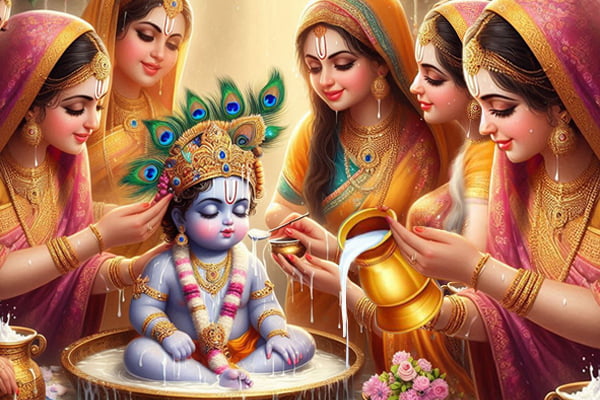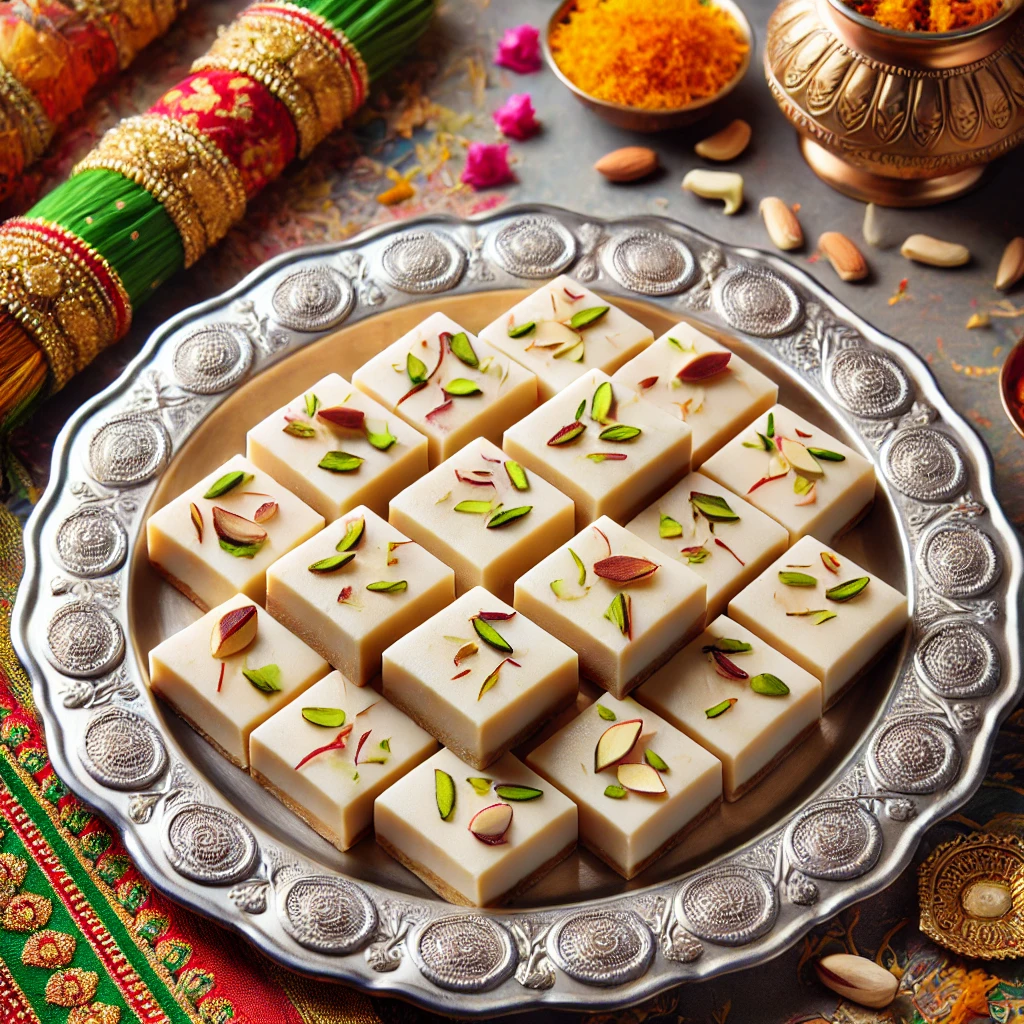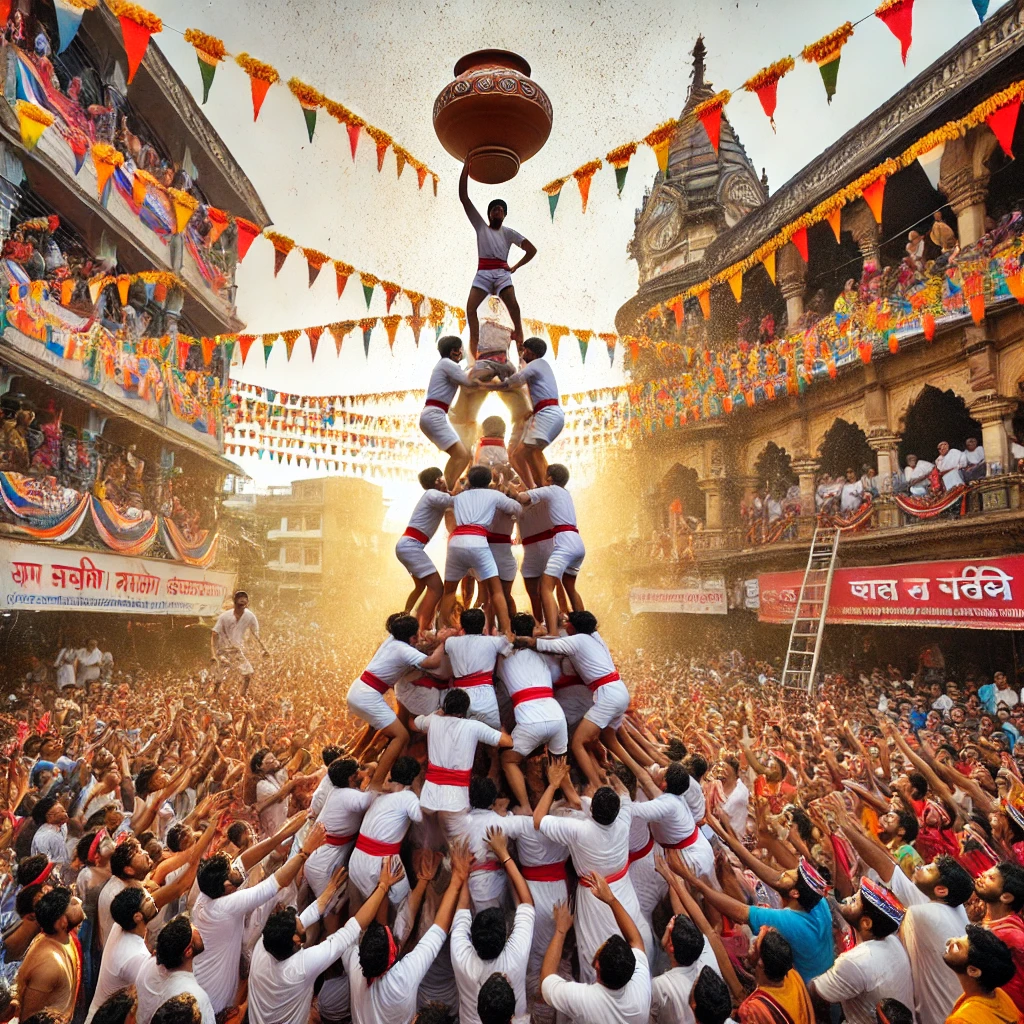Janmashtami, also known as Krishna Janmashtami, is one of the most vibrant and joyous festivals celebrated across India and other parts of the world by devotees of Lord Krishna. It marks the birth of Lord Krishna, the eighth incarnation of Lord Vishnu, who is considered the preserver of the universe in Hindu mythology. This festival usually falls in the months of August or September, depending on the Hindu lunar calendar. The celebration of Janmashtami is filled with rituals, prayers, cultural performances, and a deep sense of devotion and spirituality.

Historical Significance
According to Hindu scriptures, Lord Krishna was born over 5,000 years ago in Mathura (modern-day Uttar Pradesh) on the eighth day (Ashtami) of the dark fortnight in the month of Bhadrapada. His birth was destined to end the reign of evil King Kansa, who was a tyrant and ruled with an iron fist. Krishna’s arrival in the world symbolizes the triumph of good over evil, love over hatred, and compassion over cruelty.
The Bhagavad Gita, which is a revered text in Hinduism, contains teachings and philosophies of Krishna, making his life and birth significant not only from a religious perspective but also as a source of guidance for millions.
Celebration Across India
The celebration of Janmashtami varies across different regions of India, with each adding its own unique flavor to the festivities.
- Mathura and Vrindavan: Mathura, the birthplace of Krishna, and Vrindavan, where he spent his childhood, are the epicenters of Janmashtami celebrations. Temples are beautifully decorated, and devotees flock in large numbers to offer their prayers. The Krishna Janmabhoomi temple in Mathura holds special significance, and the midnight celebrations of Krishna’s birth are marked with the chanting of hymns, singing of bhajans (devotional songs), and rituals.
- Maharashtra: In Maharashtra, Janmashtami is celebrated with great enthusiasm, particularly in Mumbai and Pune. The most famous event associated with Janmashtami here is the “Dahi Handi” competition. Inspired by the childhood playfulness of Krishna, who was known for stealing butter, young men form human pyramids to break a clay pot filled with curd hung high in the air. The event symbolizes teamwork and community spirit.
- Gujarat: Gujarat, particularly the city of Dwarka, which is believed to have been Krishna’s kingdom, witnesses grand celebrations. Devotees decorate temples and homes, and the night-long vigil is filled with prayers, dance, and drama performances (Raslila) that depict the life of Krishna.
- North India: In Northern states like Uttar Pradesh, Bihar, and Rajasthan, devotees fast throughout the day and break their fast after midnight, the supposed time of Krishna’s birth. The temples are illuminated, and idols of Lord Krishna are bathed and adorned with new clothes.
- South India: In the southern states of Tamil Nadu, Karnataka, and Andhra Pradesh, Janmashtami is celebrated by drawing beautiful kolams (rangolis) in front of houses, and little footprints of Krishna are drawn from the entrance to the prayer room, symbolizing Krishna’s arrival at devotees’ homes. Special offerings of butter, milk, and sweets are made to the deity.
Rituals and Customs
- Fasting: Many devotees observe a day-long fast, which is broken at midnight after the birth of Krishna is celebrated.
- Bhajans and Kirtans: Temples and homes resonate with the sound of bhajans and kirtans, devotional songs sung in praise of Lord Krishna.
- Raslila Performances: In various parts of India, particularly in Vrindavan, Raslila performances depicting the life of Krishna and his playful interactions with the gopis (milkmaids) are staged. These performances are deeply rooted in devotion and love for the deity.
- Decorating Temples and Homes: Devotees decorate temples and homes with flowers, lights, and idols of Krishna placed in cradles to signify his birth.
- Midnight Celebrations: Since Krishna is believed to have been born at midnight, special celebrations take place during this hour. The idol of Krishna is bathed, dressed, and placed in a beautifully decorated cradle, and devotees gather to sing and chant in joy.
Janmashtami Sweets and Prasad
Food plays a crucial role in the celebrations, especially sweets made from milk and butter, which were Krishna’s favorite. Offerings like “Makhan Misri” (butter and sugar), “Peda,” “Kheer,” and “Panakam” (a sweet drink) are prepared in homes and temples as prasad (holy offering).

Global Celebrations
While Janmashtami is predominantly an Indian festival, it is celebrated with equal fervor by the Indian diaspora across the world. Temples in the United States, the United Kingdom, Australia, and other countries witness grand celebrations with cultural programs, dances, and bhajans. The International Society for Krishna Consciousness (ISKCON) plays a significant role in organizing Janmashtami events globally, spreading the teachings and philosophy of Krishna.

Janmashtami is not just a celebration of Krishna’s birth but a reminder of his divine teachings. His life symbolizes righteousness, devotion, and love. The festival encourages people to imbibe these virtues in their lives and spread happiness around them. Whether it is the soulful bhajans, the cheerful Dahi Handi, or the serene midnight prayers, Janmashtami unites people in celebration and devotion.
May this Janmashtami bring peace, joy, and prosperity to everyone’s lives.